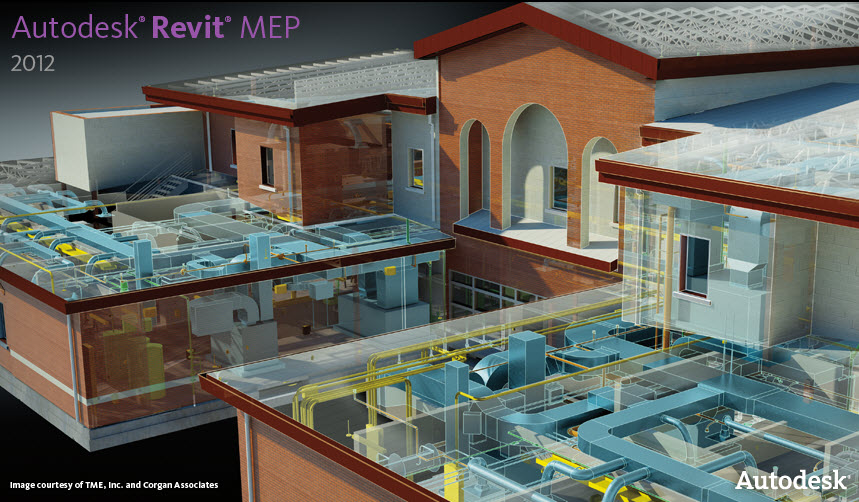Designing a Greener Building
The LEED (Leadership in Energy and Environmental Design) Green Building Rating System is a national standard for developing resource-smart, sustainable buildings. As adoption of the standard grows, many owner/operators are requiring that their new building projects achieve LEED certification, which rates a project based on site design, indoor environmental quality, and efficient use of energy, materials, and water. A high LEED rating recognizes the quality of a green building design and also qualifies the project for an array of state and local government financial incentives – an important benefit for the building owner.
Complex engineering analysis of the design project is critical to achieving LEED certification. Some design firms outsource engineering analysis - as it is time-consuming and costly to do in-house. But now, building information modeling solutions such as the Revit Architecture and Revit MEP provide design models containing the necessary level of detail for the analyses. Design data can be extracted from the building information model and input to various analysis programs. With the recent release of the Green Building Studio from GeoPraxis, Inc., this process has been streamlined to the point where architects and engineers can perform energy analysis in-house, reducing the overall cost of the design process.
Autodesk and the USGBC are committed to a future where design process and technology are integrated in support of our common goal - a sustainable tomorrow. Over the past year, the “Project Chicago:Green Research” team investigated how modeling, analysis, and sustainable validation could converge into an improved design process. Using scenarios from BNIM Architects’ Lewis and Clark State Office Building in Missouri, a research team of experts developed alternative concepts for sustainable design environments and studied their impact on the design process. This video showing the results of this research suggests a compelling future.
This video may include information concerning future technology, but is not intended to reflect any planned or future development efforts or be a promise or guarantee of future delivery of products, services or features.
Click here to download an Autodesk Whitepaper about Greener Designs
The cornerstone of BIM is the high-quality design information it provides. This paper delves into a practical example of how architects can use this information to quickly and accurately perform energy analysis on early-stage building designs, for data that supports construction of "green" buildings.

No comments:
Post a Comment